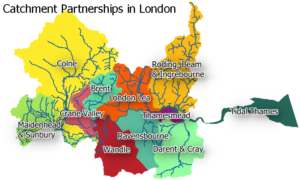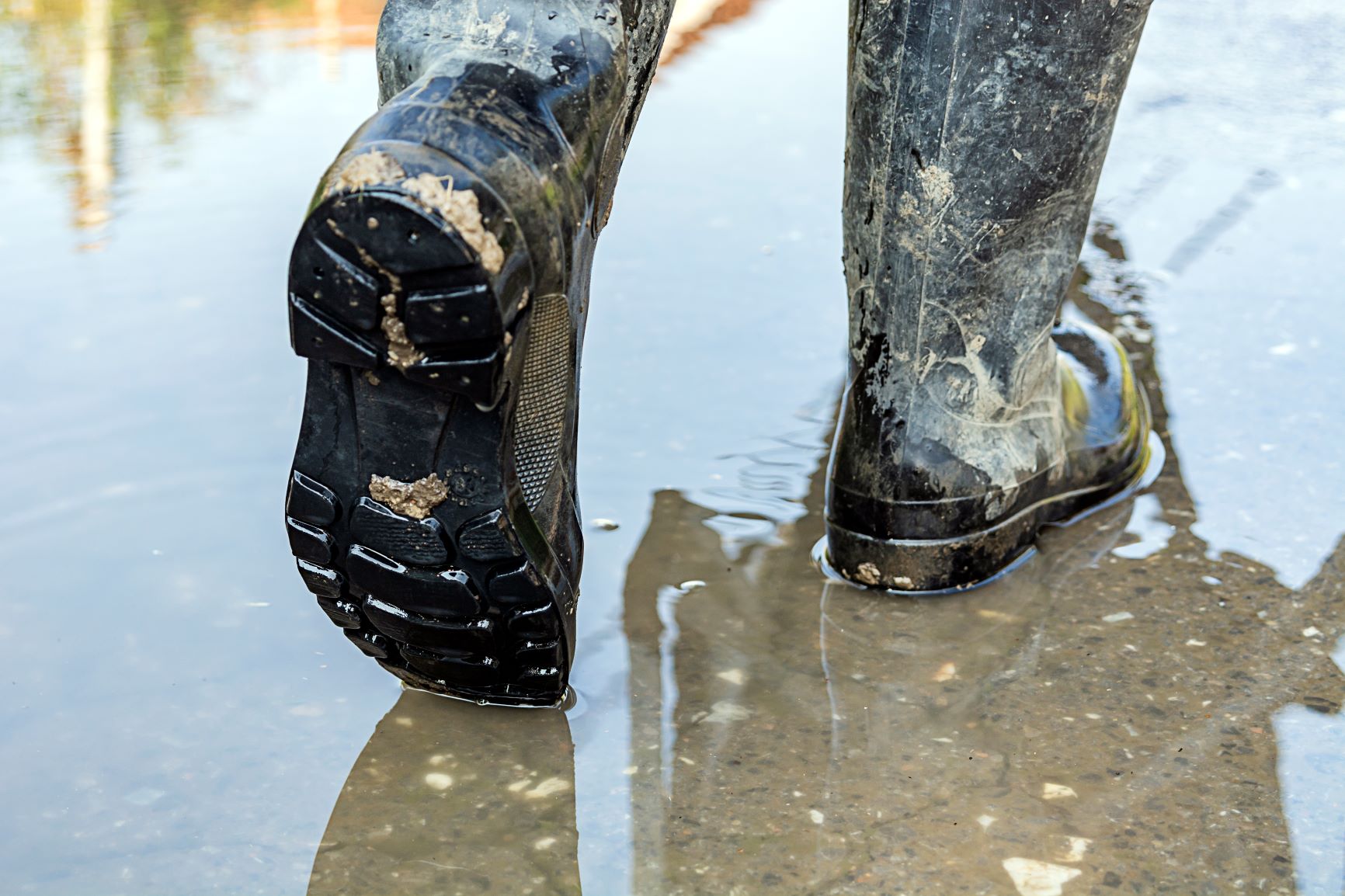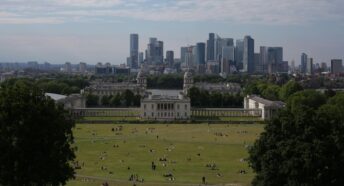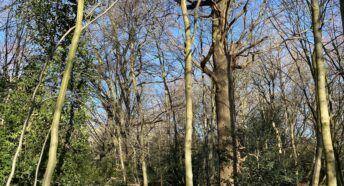London’s rivers and waterways
London enjoys a wealth of rivers and waterways: the Thames and its tributaries, its historic docks and canal network, and many wonderful lakes and wetlands.
They are a vital part of the landscape of the capital, shaping the city over centuries, and more recently helping to sustain wildlife, and providing valuable opportunities for recreation.
As pressure on our water resources grows and the impacts of climate change are increasingly felt, this ‘blue infrastructure’ will only become more important. While pollution remains a serious issue, recent decades have seen a steady improvement in the quality of many of our waterways and associated habitats.
Restoring the health and benefits of London’s rivers for people and nature is at the heart of our vision for a greener London. That is why CPRE London is delighted to be involved in London Rivers Week again which runs from 11-17 July this year. We are working with Thames 21, the Environment Agency and others once again to celebrate London’s rivers and waterways. A record of events organised by CPRE London for London Rivers Week last October can be found here. Information on all the events and activities being planned during London Rivers Week can be found here.
Environment Agency’s work on restoring London’s rivers
As a preview to London Rivers Week, we invited Dave Webb from the Environment Agency to tell us about his work over recent years to help restore the health and beauty of London’s rivers.
‘At the heart of river restorations is re-establishing those physical and ecological processes determine a diverse and healthy ecosystem. This reflects the ever changing nature of rivers with the constant movement of species and the natural change of form through erosion and deposition.
Enabling nature to take its course is also at the heart of rewilding. Whether this is truly possible within an urban environment is debatable. Yet, the benefits of rewilding are as applicable for London as anywhere, and following that path must surely be the right approach.
London has a diverse range of rivers, from tidal, clay to the iconic chalk streams. However, over the centuries there has been a decline in wildlife. There have been localised losses of species such as the otter and water vole. Fish have been affected by poor water quality caused by pollution from urban runoff, particularly after heavy rain or misconnections of wastewater to the surface drains.
Increasingly more people are valuing their local rivers and the work of the Catchment Partnerships has done much to restore those habitats. Over 45km of river have been restored since 2000. Restoration, and water quality improvements are helping to establish natural recruitment within London’s fisheries. Over the last 20 years we have seen an increase in the distribution of fish and of iconic species such as the kingfisher. However, pressure is growing due to climate change and the increased demand for good quality, accessible blue space, requiring an urgent increase in the extent of river restoration.

Restoration also offers economic and community benefits. Where development has led to rivers being removed from their natural course, current practises are seeking to redress the balance, through ‘daylighting’ once culverted rivers and by restoring them to their more natural form, improving flood risk management. A more attractive river environment helps local regeneration by attracting commercial and residential investment. An attractive riverside location and view can provide a popular and safer environment for all members of the community to interact with nature. It also promotes a variety of active and passive recreational activities, including walking and angling, which can help us lead more healthy lifestyles. The restoration of river corridors can be accompanied by new footpaths and cycle routes away from the pollution and hazards of roads. An accessible river habitat also presents a valuable opportunity for formal and informal learning, helping people to develop an appreciation and sense of ownership of their local environment.
The conditions of our rivers have considerable historical and cultural significance, and play a key part in determining local identity and distinctiveness. They also reflect past attitudes to the environment and signpost our present values. It was not long ago that our rivers were generally consider more as hazards than assets, to be hidden and communities excluded. Recently, we have seen some fantastic improvements but there is a lot more to do. What needs to be done to make our rivers fit for the future is filled with uncertainty over future funding and regulatory regimes but the key lesson from 20 years of river restoration is that investment in the environment and people can transform the neglected and unloved into something very special – for people and nature.’








